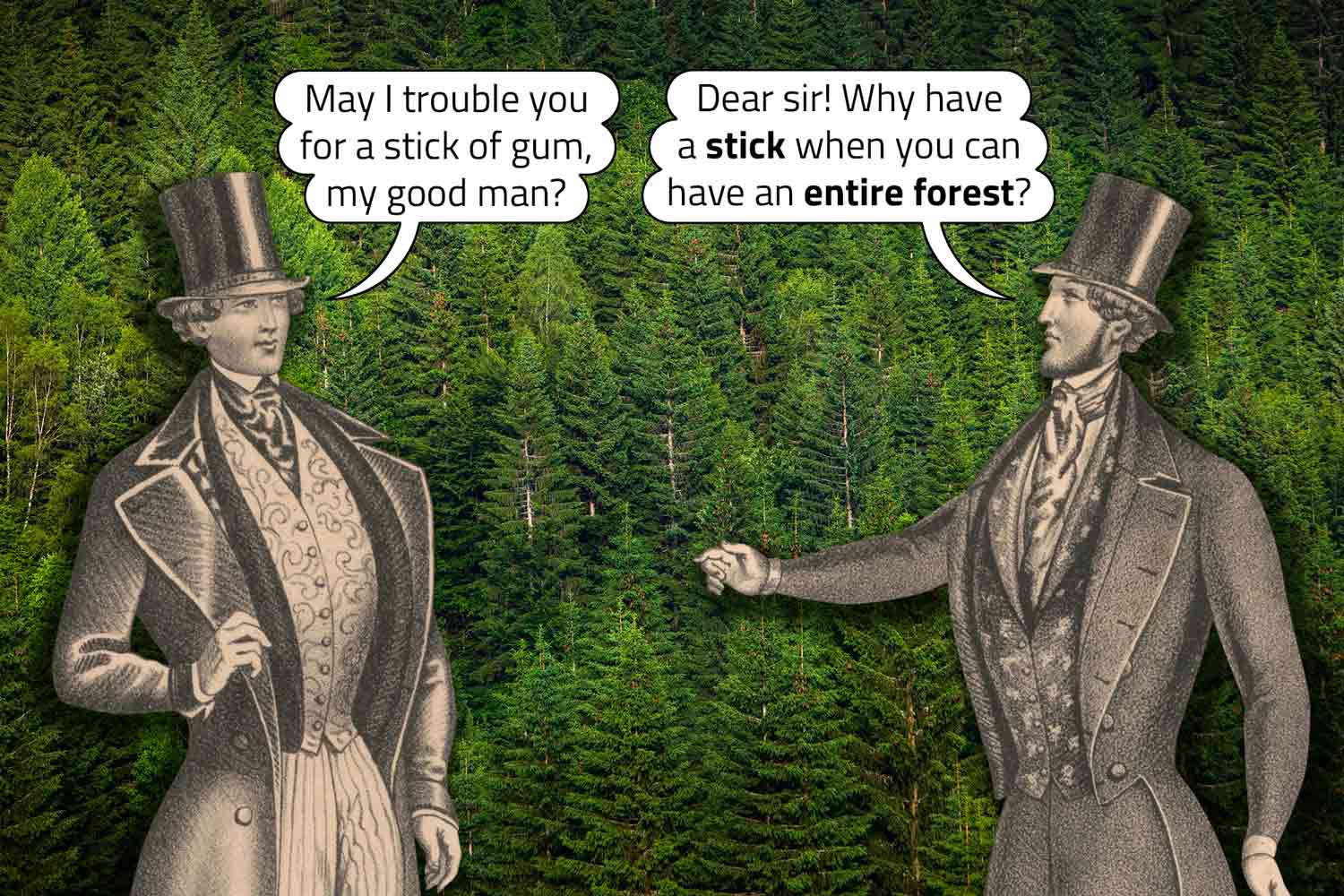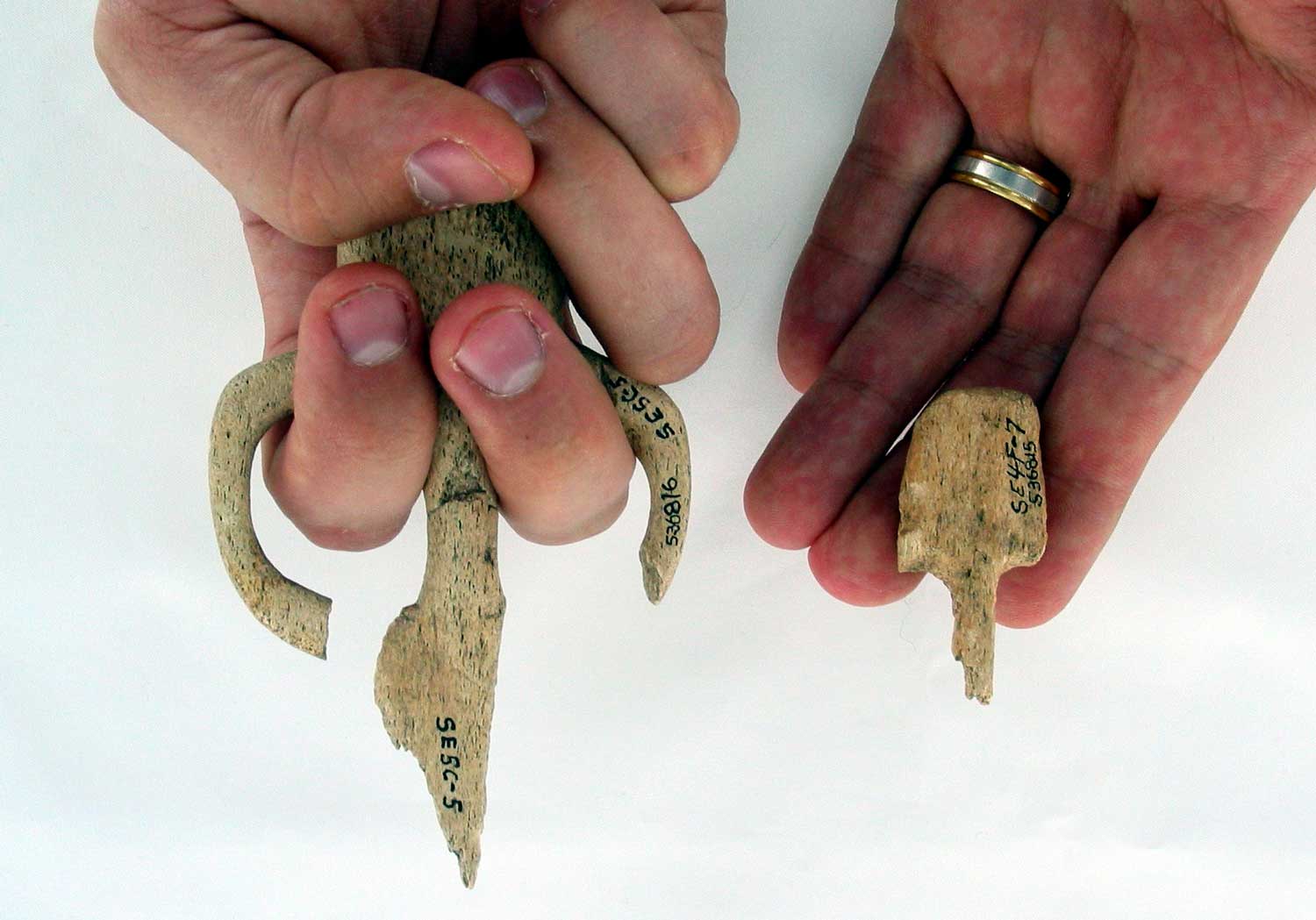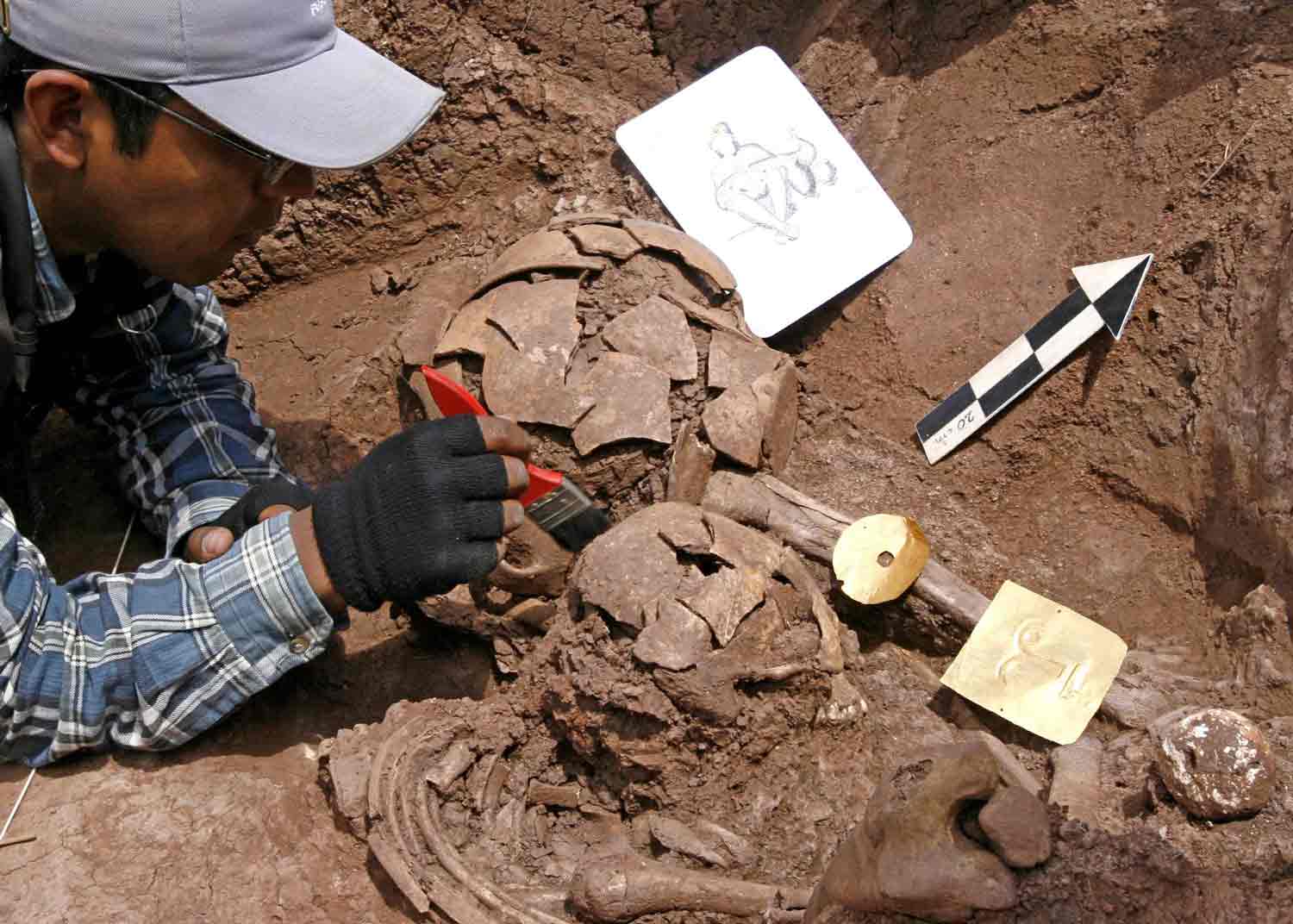Ancient Teens Chewed Gum
A type of gum chewed by teens nearly 10,000 years ago is revealing a lot about how at least some young people lived.
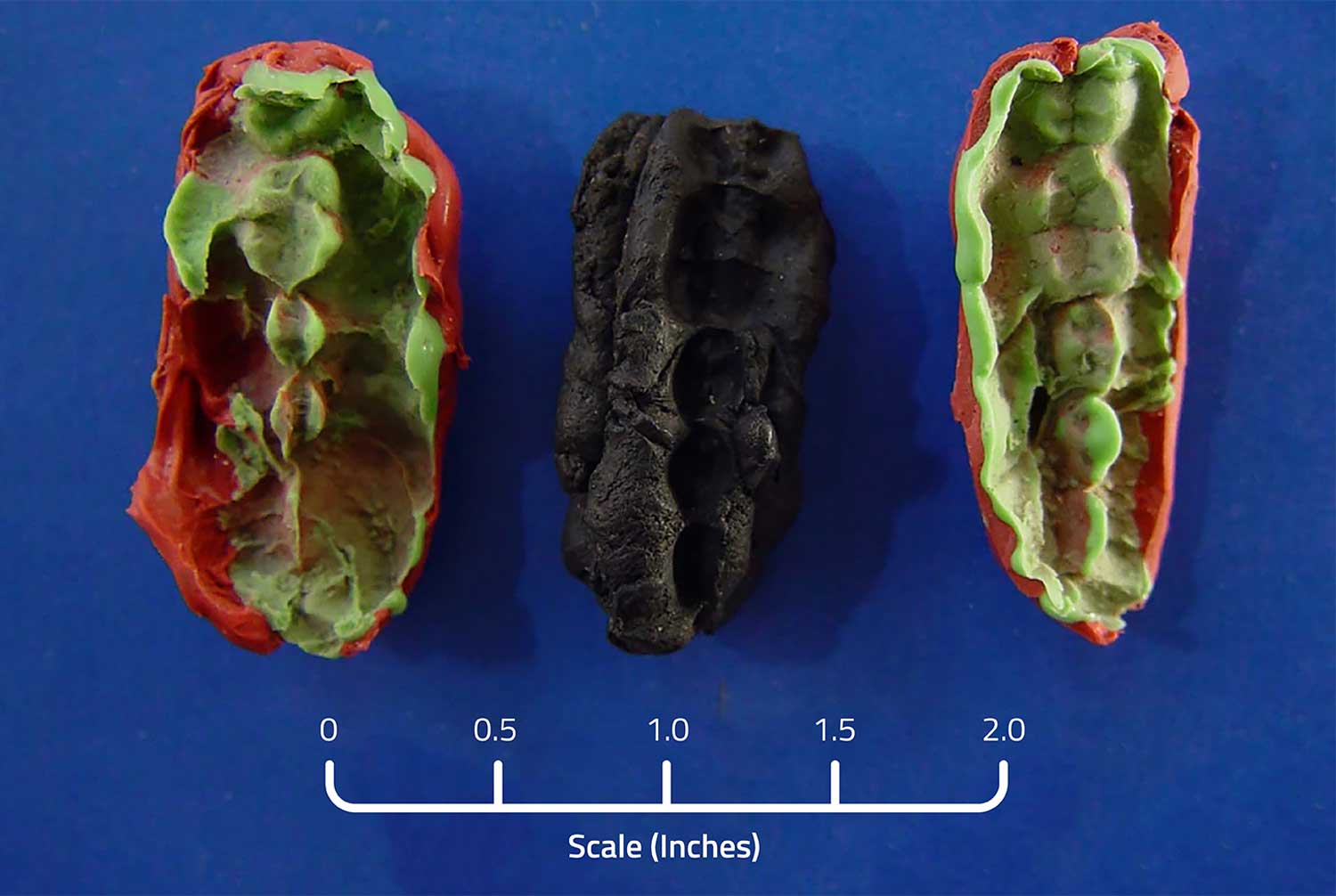
Kashuba, N., Kırdök, E., Damlien, H. et al. Commun Biol 2, 185 (2019). https://doi.org/10.1038/s42003-019-0399-1
A piece of ancient gum (center) from a site in Sweden. The objects on either side are casts (molds) that were taken of the gum.
Stone Age teens weren’t familiar with bubble gum, but they did chew another type of gum. Remnants of that sticky stuff are revealing a lot about their diet and oral health.
The “gum” in question is pitch, a sticky substance that comes from trees. Scientists found bits of prehistoric pitch at a site in Sweden in the 1990s. The pitch contained human saliva as well as teeth marks, indicating that it had been chewed. Further study revealed that the pitch was chewed between 9,890 and 9,540 years ago by male and female teens, as well as kids as young as 5 years old.
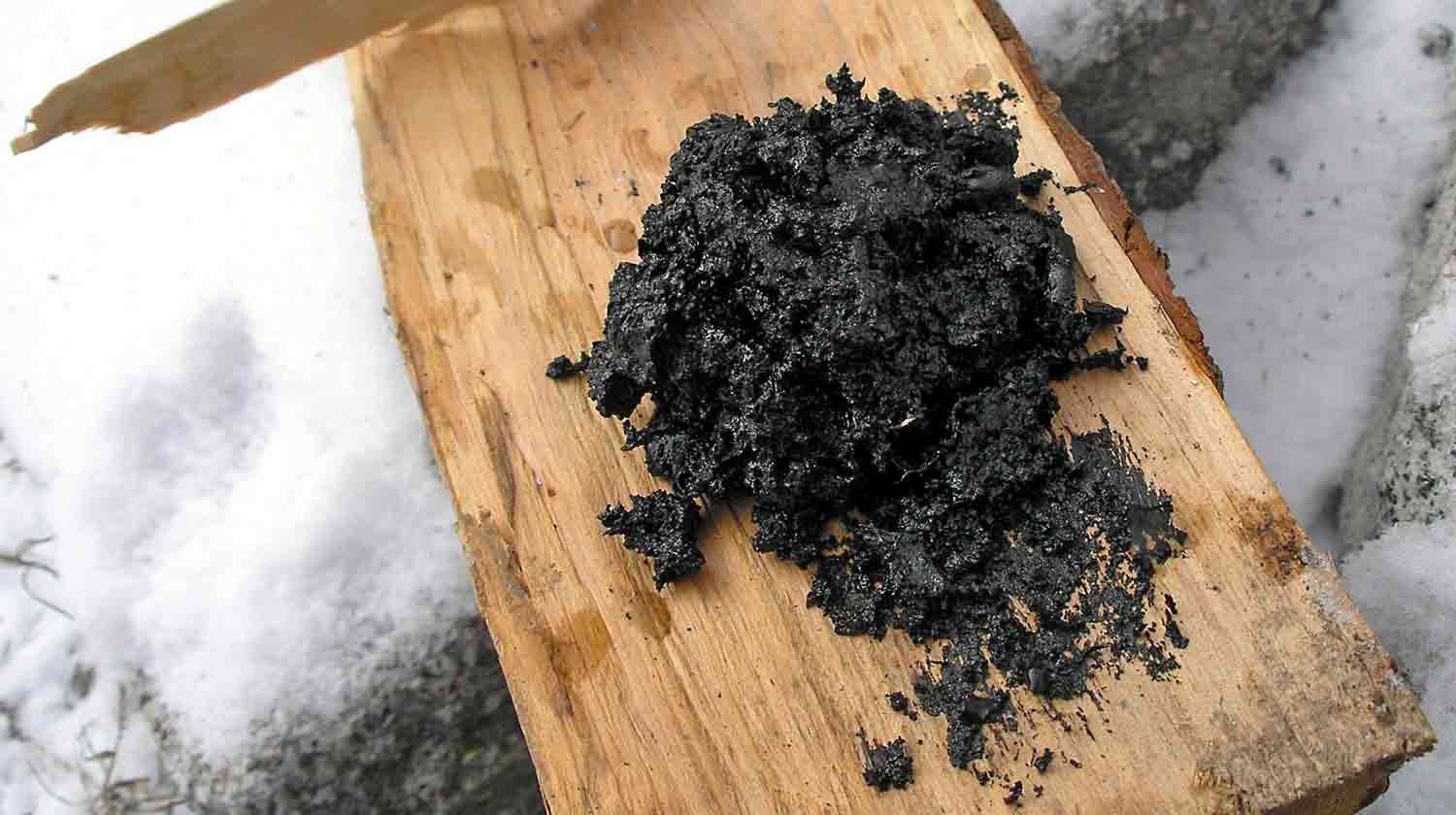
Jorre (CC BY-SA 3.0)
This photo shows pitch from birch trees, which is what ancient teens once chewed.
Scientists aren’t sure why young people would have chewed the gum. The most likely reason is that they were making it sticky so that it could serve as glue for the assembly of tools and weapons, or to repair a hole in a boat. But there are other possibilities.
“[Tool assembly] is a most likely hypothesis,” Anders Gotherstrom, who co-authored a 2024 study on the ancient gum, told Agence France-Presse. “[Or it] could of course have been chewed just because they liked [it] or because they thought that [it] had some medicinal purpose.”
Whatever the reason for it, the Stone Age gum habit tells scientists a lot about the people of that period—at least those who lived in that part of Sweden. Through a DNA analysis, scientists were able to determine that the ancient kids and teens had recently eaten deer, trout, apples, hazelnuts, and more.
Bacteria found on some of the gum indicated that at least one of the teens was suffering from gum disease. The tree pitch itself wouldn’t have caused the disease, so there had to be some other explanation. According to scientists, prehistoric children in that part of the world used their teeth as tools—to cut through furs and even whittle bones. It’s possible that this process introduced harmful bacteria to their mouths.

